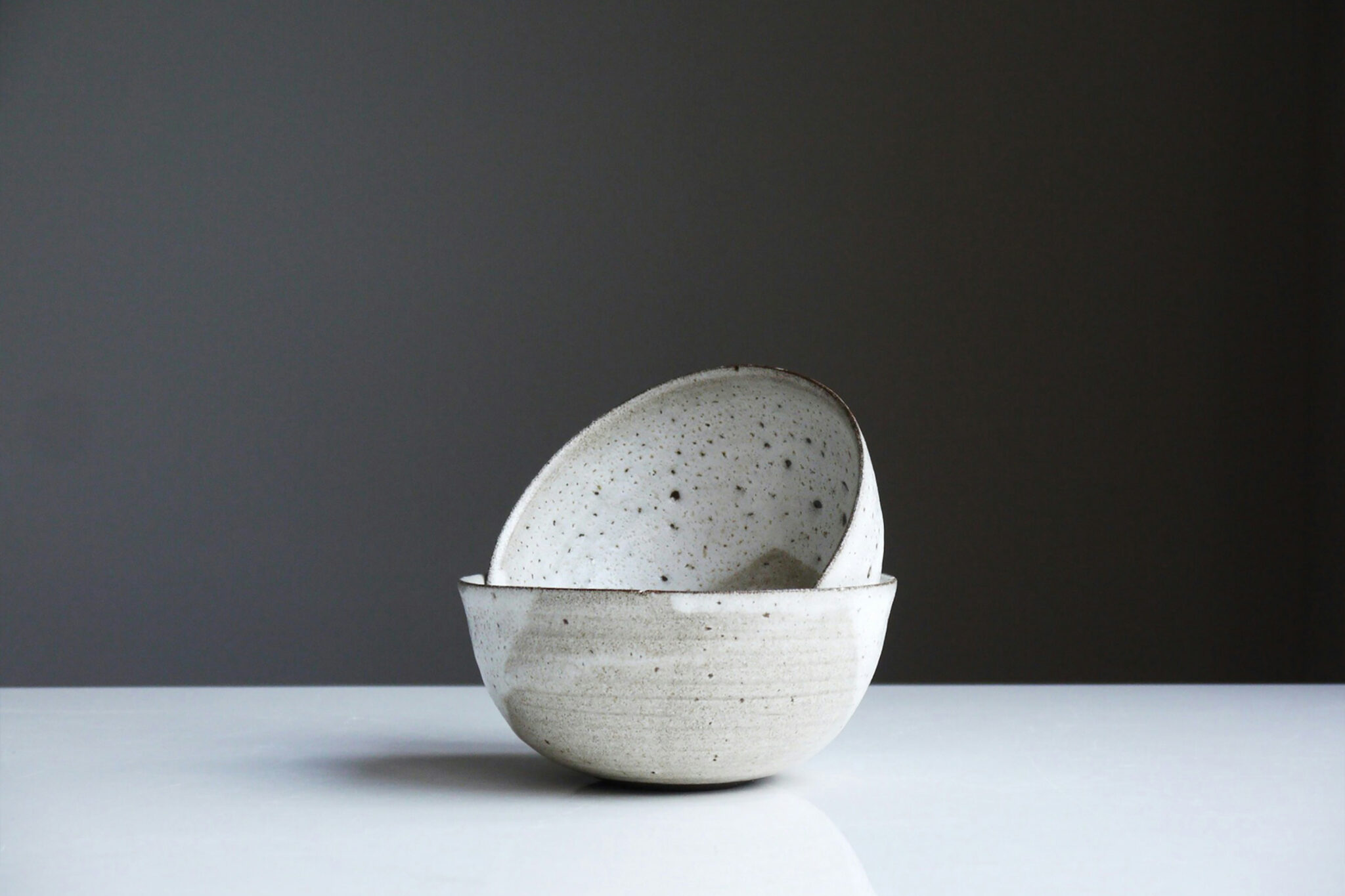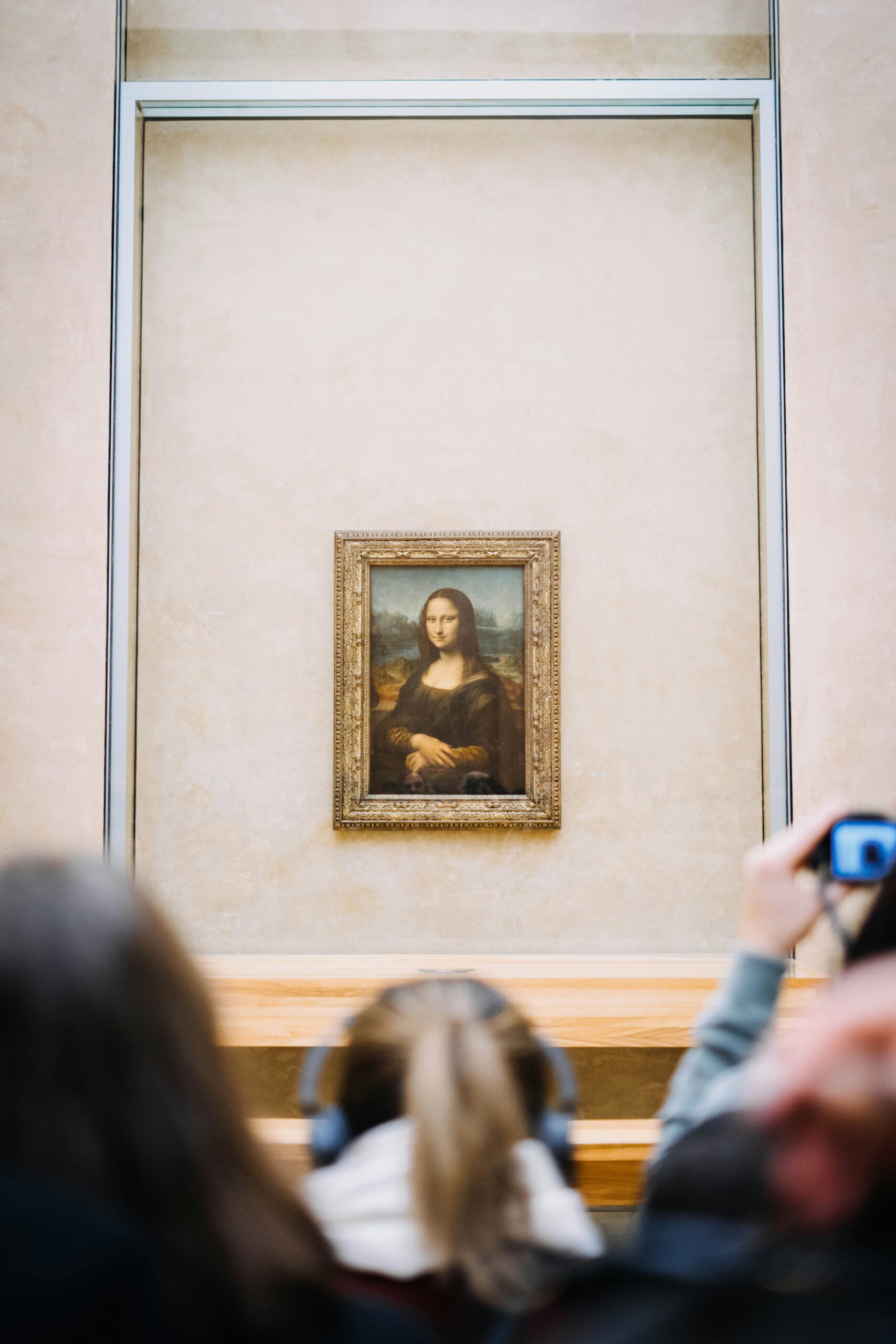Art history can be studied in so many aspects – regional context, modes of expression, gender, and more. In this series, we take a broad yet focused look at art history through the lens of technology, or more precisely, technique. In the previous article, we explored the very words, “technique” and “art.” This time, let’s dive into some actual artworks and see how these ideas take shape in practice.
Common Traits in Masterpieces of Paris
Amid recent discussions around the upcoming renovations at the Louvre Museum, it may be a great time to revisit some of the most celebrated masterpieces of Paris. The Louvre, home to countless masterpieces, remains the most magnetic, must-see destination for anyone visiting Paris, with Leonardo da Vinci’s Mona Lisa captivating the largest crowds. Another iconic must-see spot is the Orangerie Museum. This is where Calude Monet’s stunning Water Lilies is displayed in a space that brings Monet’s vision to life, allowing visitors to experience the tranquility and beauty he intended. At the Orsay Museum, you’ll find iconic masterpieces like Pierre-Auguste Renoir’s Bal du Moulin de la Galette, a painting beloved by all. Truly, Paris remains the eternal heart of the art world.
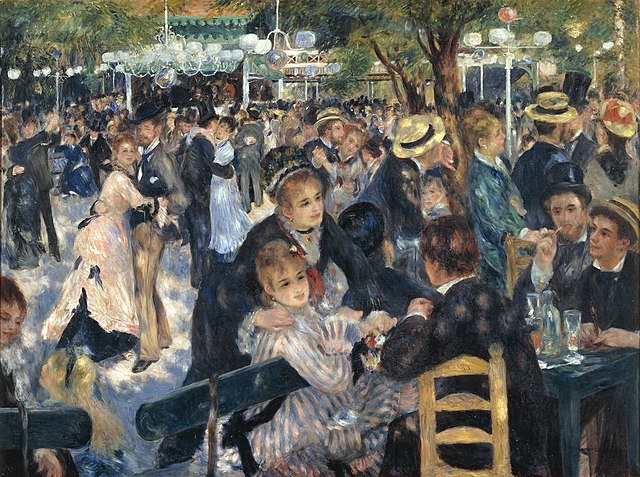
These works share more than just the fact that they are housed in the same city of Paris.
That is, they are all oil paintings.
The Rise of Oil Painting
The widespread use of oil painting is commonly traced back to the 15th century, though some believe its roots stretch further back to another several centuries. Prior to the advent of oil paints, tempera painting – a technique where pigments are blended with egg yolk as a binding medium, was the widely used method of choice. Oil painting, made from pigments and drying oils, slowed the pace of drying, offering artists the gift of time for their creation. This not only enhanced the durability of their works, but also allowed for a level of meticulous refinement.
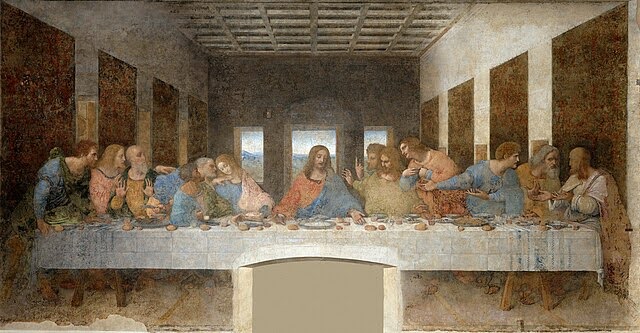
The technique of oil painting was firmly established and solidified by the van Eyck brothers during the Renaissance – a time when artists like Leonardo da Vinci, Michelangelo, and Raphael were also making their mark.
Giorgio Vasari, Michelangelo’s disciple, praises their monumental achievement in his Lives of the Painters, Sculptors, and Architects, highlighting the transformative power of their work. This luxury that we can fully appreciate the masterpieces in museums today, as well as the elevated quality of the artworks, are because of the evolution of oil painting. What the van Eycks and the fellow artists brought to the canvas can be seen as one of the defining innovations that forever altered the trajectory of art.

The Emergence of Tube Paints and the Camera
If the introduction of oil painting marked a significant turning point in the refinement and expression of art, then the emergence of tube paint and the camera ignited the next profound shift in the world of art.
Before that, paints were sold in powdered form, and artists would mix them with egg yolk or oil, creating their own handmade pigments. Some used pig bladders as bags to carry their pigments, though this was hardly a practical tool for storage or preservation, doing painting works outdoors was uncommon.
In the mid-19th century, with the rise of the Industrial Revolution, the introduction of disposable tube paints revolutionized the world of art. This innovation allowed artists, once confined to their studios, the freedom to venture outdoors and embrace en plein air painting.
Around this time, the Frenchman Daguerre unveiled the daguerreotype, a photographic process that captured light and life with precision, while the Englishman William Talbot invented the calotype, a negative-positive technique. As the camera blossomed, it gave birth to photography, offering a new way to capture and reproduce what’s seen, forever altering the landscape of visual art.
So, how did the tupe paints and the camera influence the world of art?
At that time, the dominant style in Western art was Neoclassicism, which prized realism and aimed for highly refined, lifelike compositions. Artists favored historical subjects, religious themes, and portraiture, seeking to create artworks that were precise and polished.
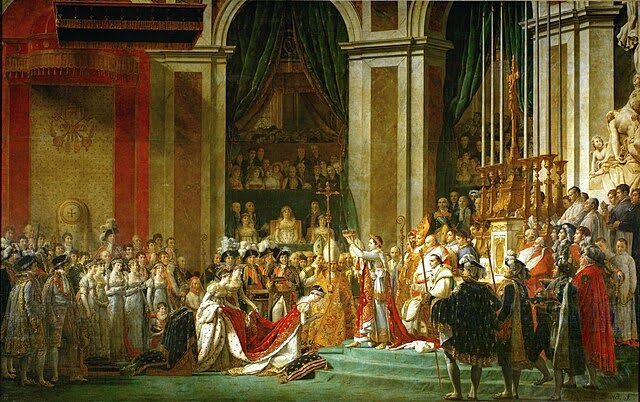
With the ability to replicate reality through the technology of cameras, you might wonder if the role of painting had come to an end. Yet, it was Impressionists – like Monet and Renoir who challenged the boundaries of painting, pushing it into new realms of expression.
As opposed to Neoclassical artists mixing their colors on the palette, carefully crafting hues and aiming for intricate compositions, the Impressionists placed their colors directly onto the canvas and created artworks that appeared like an unblended blur of indistinct dots. They ventured outdoors to see ‘real light’, capturing the scene as their eyes witness to express the immediate impression of the world.
For the Impressionists, tube paints made it possible for them to step outside, with cameras allowing people to capture what they see in a new way. This led them to turn away from strict realism and encouraged them to embrace a more liberated form of expression, seeking to explore and convey their personal impressions of the world. All in all, technology triggered this notable shift in the world of art yet again. (Of course, movements like Romanticism and the Barbizon School also made significant marks in art history. If you’re curious, please explore more!)

Much like the transformative impact that ‘photography’ had on art in the last 19th century, it is not so difficult to envision a similar revolution unfolding between contemporary art and the emerging realms of GenAI and VR/AR technologies. The boundaries of creation are once again being reshaped, offering new dimensions for artistic expression.



